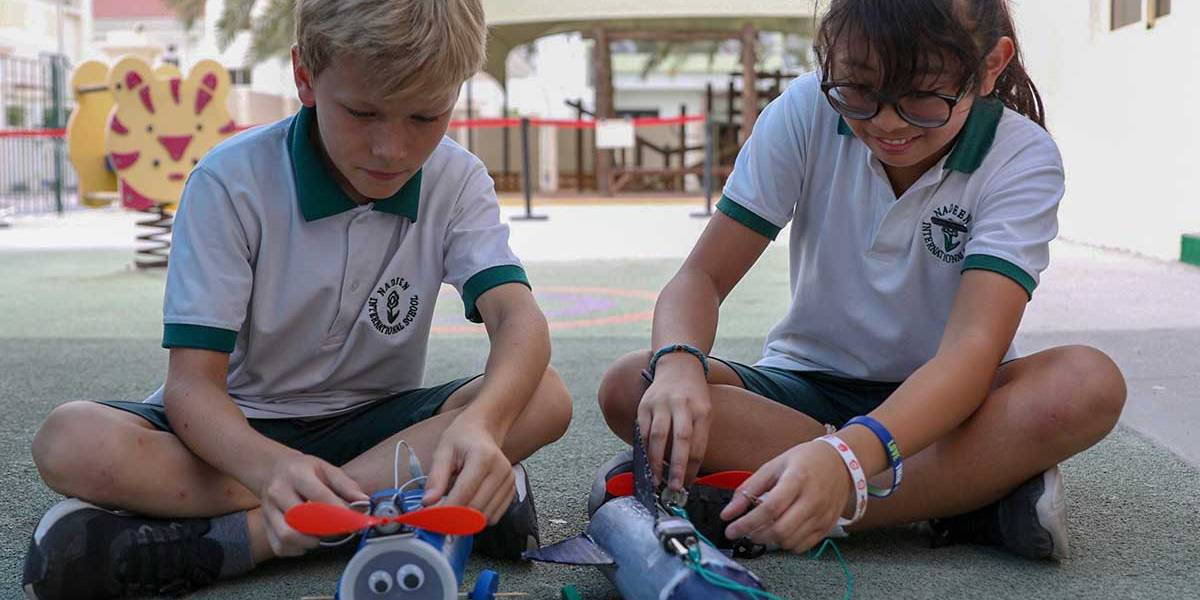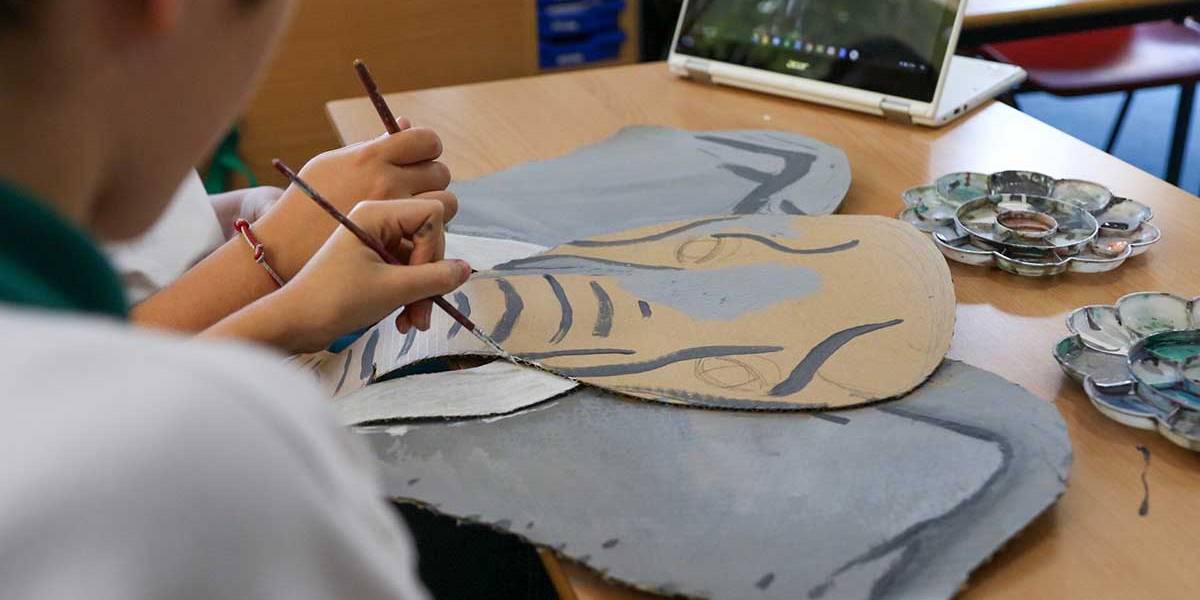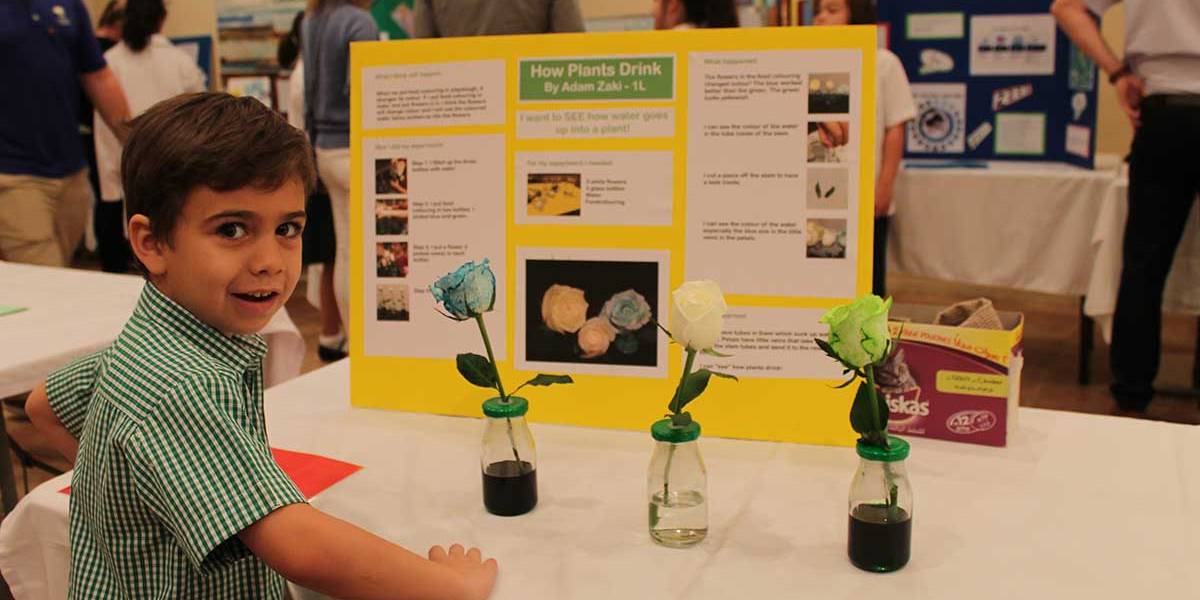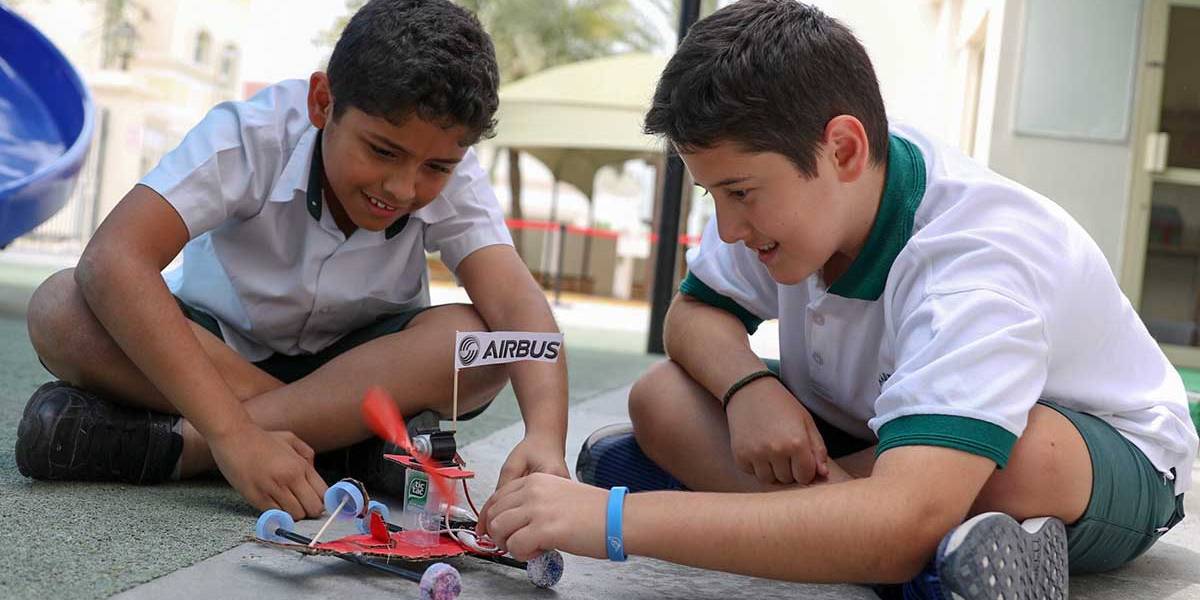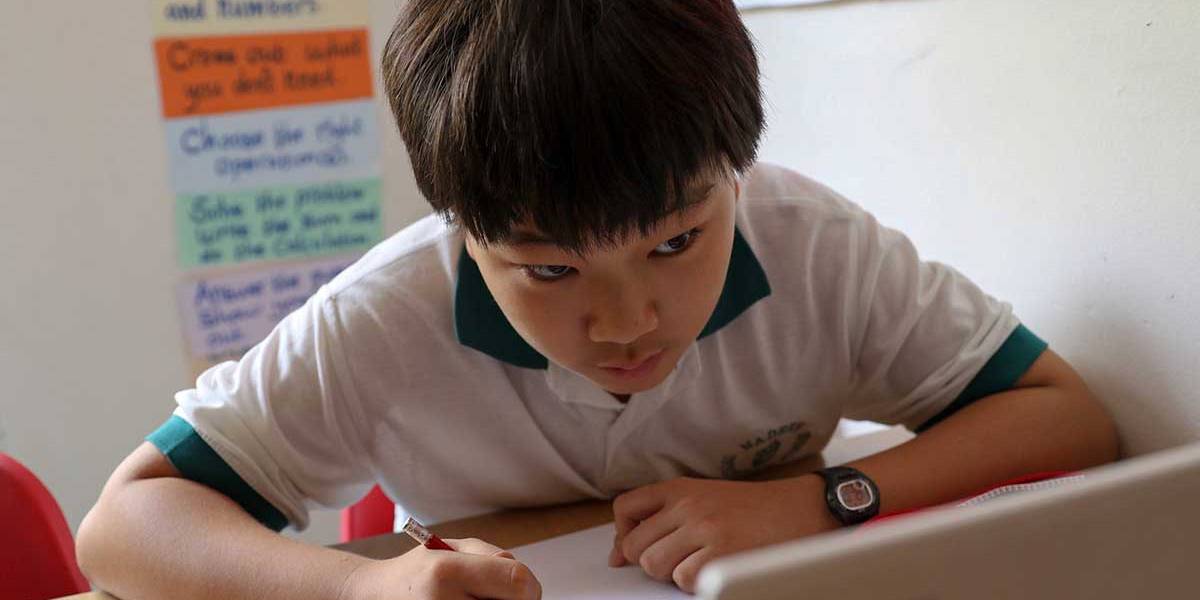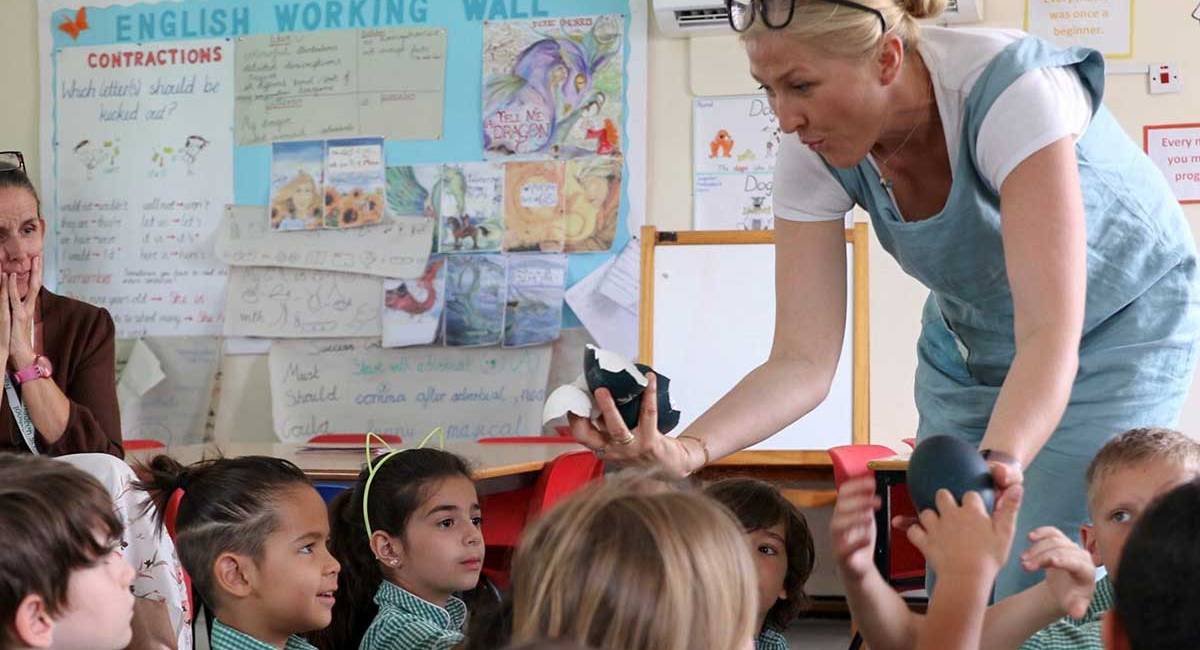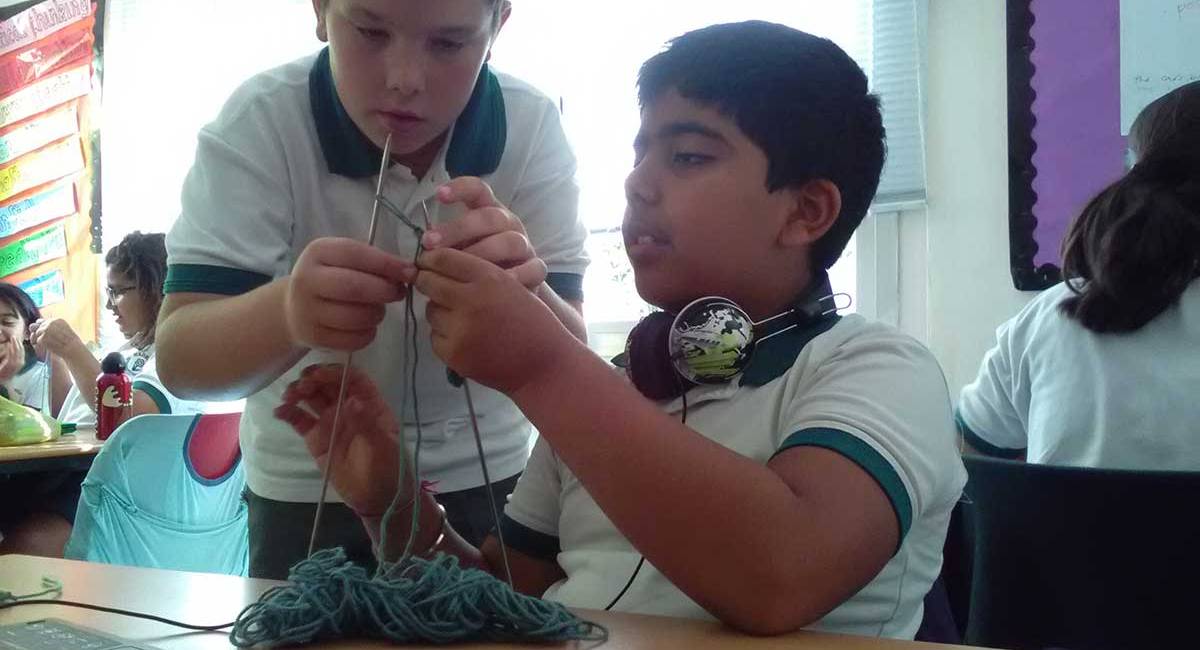Benefits of Sensory Play in the Early Years by Miss Hannah Gavey
What is Sensory Play?
Usher (2013) defines sensory play as, “Play that provides opportunities for children to use all their senses, or play that encourages the use of one particular sense.” For example, playdough, slime, oats, spaghetti, cornflour, sand and water.
Of course, the very mention of such items can evoke a sense of dread, with thoughts of finding rice on the floor weeks later, dirty clothing, and having to wash obscure bits out of your child’s hair, and this is not wholly untrue. Sensory play can be messy. So is it really worth it?
“It is all squashy and squidgy in my fingers.“
– by Laila, Nursery
A Thought…
Please take a moment to imagine a time where you may have walked through a forest during the autumn months, the leaves crunching underfoot, or laid on a sandy beach listening to the seagulls as the waves crashed the shore. These experiences are all inextricably linked to the senses. The essence of all that you are experiencing is both captured and conveyed through colour, lights, sounds, feel, warmth, smells and taste (Gascoyne, 2011). We may walk past a bakery and smell a familiar scent, triggering a happy childhood memory where we felt safe and happy. This is because our whole body is essentially a sensory organ, and every sensory experience provides the foundations upon which all subsequent knowledge, thought and creativity are based. The richer the sensory experiences the more intricate the patterns for learning, thought and creativity there will be (Hannaford, 1995).
“The lemon is very sour in my mouth, but I like the crunchy apple.“
– by Ed, Nursery


The Eight Senses for Success
As well as the five senses smell, touch, sight, hearing and taste, the sensory system also consists of movement (vestibular), body awareness (proprioception), and internal awareness (interoception) (Ticktin, 2021). Ayres (1972) penned the term, ‘sensory integration’ which is the neurological process which organises sensations from one’s own body, to decode how to best use it within the environment. With greater exposure, there comes a greater efficiency in doing so.
So if this is the case, then it would make sense that our children should benefit from a sensory-rich environment in order to reach their full potential.
Nadeen Provision Indoors and Outdoors
Our Early Years environment at Nadeen school is set up to accommodate such messy and creative activities. By giving children open-ended sensory activities it;
-
- Promotes independent thinking.
- Helps kids understand cause and effect.
- Encourages the development of fine motor skills.
- Enhances recollection, observation, and memory skills.
- Boosts cognitive skills.
- Promotes language development.
- Encourages creativity and exploration.
(www.parents.com)
The children are empowered to be creative, open-minded, and explore each sensory experience, and once it is time to finish, we encourage them to take on small responsibilities during tidy up time such as sweeping and washing the tables.
This expectation of respecting the environment is reflective of our Nadeen school values;
-
- Respect
- Unity
- Compassion
- Growth


Sensational Senses Club
In Term 1 and 2, Nursery and Reception enjoyed a plethora of different sensory experiences such as taste testing, shaving foam, soil, cutting up vegetables, listening games, dancing with scarves, and slime. By offering an ECA club which allows the children to immerse themselves fully in a range of different sensory experiences each week, I have seen first hand the calming effects on their bodies.
Overstimulation and stress within an environment can be detrimental to learning. Gerhardt (2014) emphasises the link between stress and memory, something that is vital to learning and retaining information. Calm sensory input helps ease the body into a state of relaxation (Ticktin, 2021).
If you wish to sign up, Sensational Senses ECA Club will be returning in the new academic year 2024/25.


Websites
Sensory Play Activities for Toddlers and Preschoolers
References
Ayres, A., J. (1972) Sensory Integration and Learning Disorders. Los Angeles: Western Psychological Services.
Gascoyne, S. (2011) Sensory Play: Play in the early years. London: MA Education Ltd.
Gerhardt (2014) Why love matters: how affection shapes a babie’s brain. London: Routledge.
Hannaford, C. (1995) Smart moves: why learning is not all in your head. Arlington: Great Ocean Publishers.
Ticktin, A. (2021) Play to Progress: Lead your child to success using the power of sensory play. New York: Penguin Random House.
Usher (2013) Creating sensory play at little or no cost. London: the play doctors.




